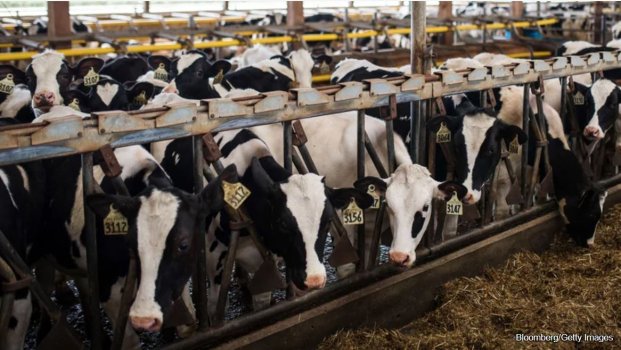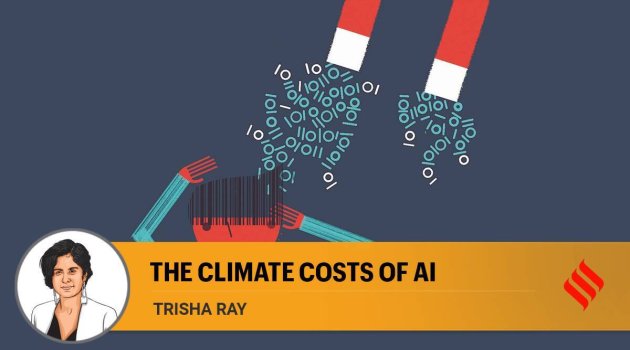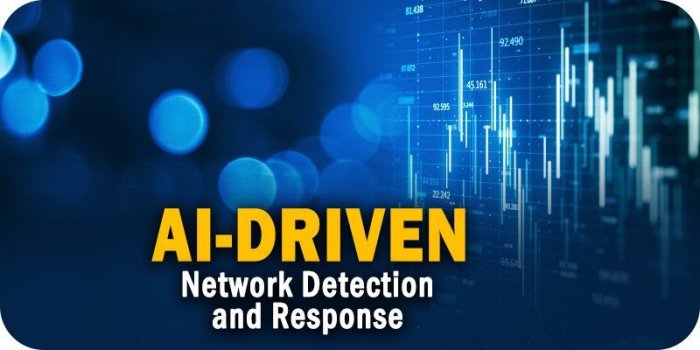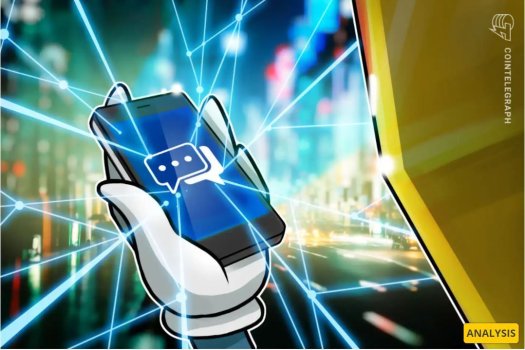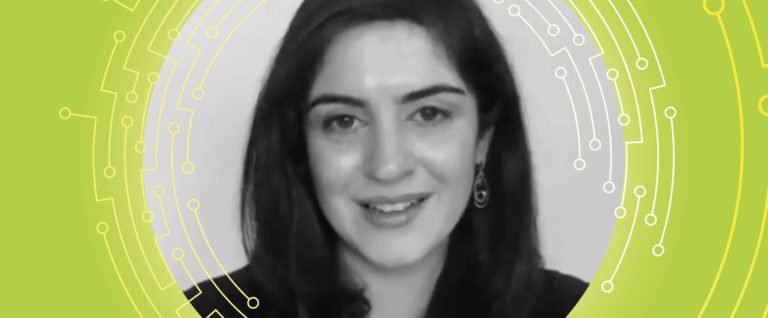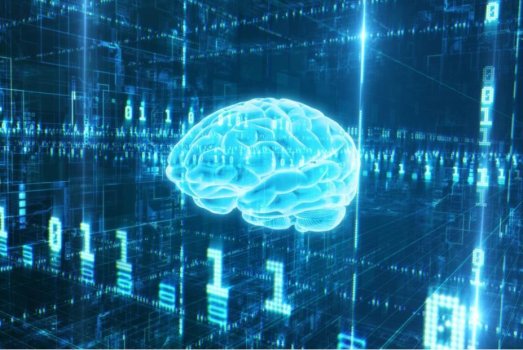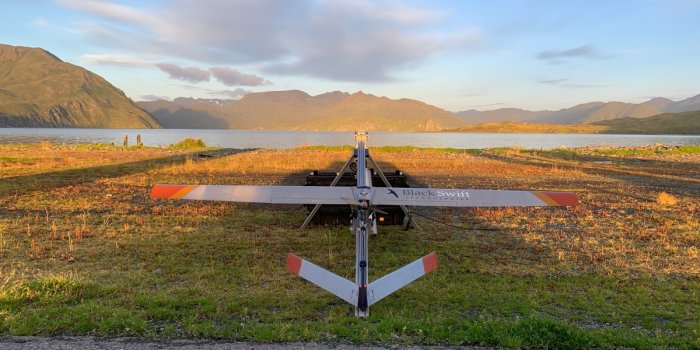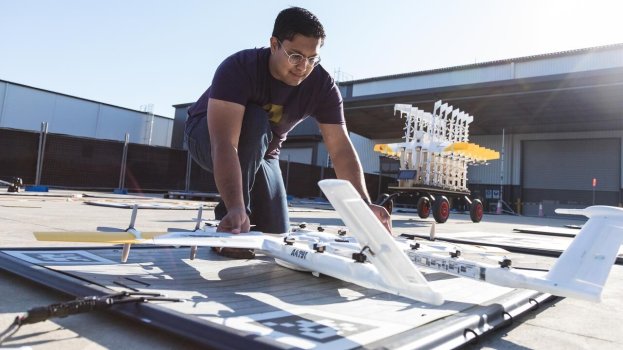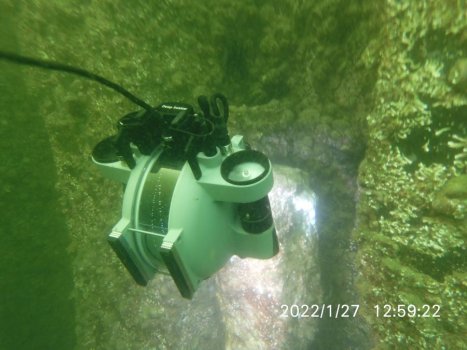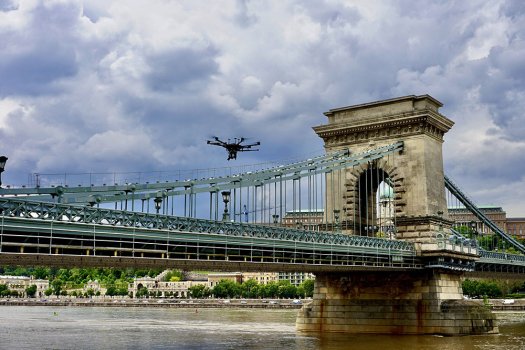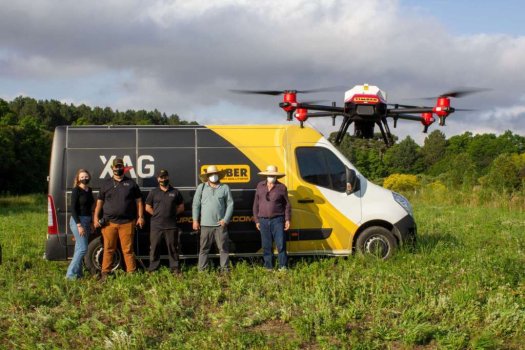Turning AI into your customer experience ally
- Technology Solutions
- 0 Replies
It’s one thing to know whether an individual customer is intrigued by a new mattress or considering a replacement for their sofa’s throw pillows; it’s another to know to how to move these people to go ahead and make a purchase. When deployed strategically, artificial intelligence (AI) can be a marketer’s trusted customer experience ally—transforming customer data into actionable insights and creating new opportunities for personalization at scale. On the other hand, when AI is viewed as merely a quick fix, its haphazard deployment at best can amount to a missed opportunity and at worse undermine trust with an organization’s customers.
This phenomenon is not unique to AI. In today’s fast-moving digital economy, it’s not uncommon for performance and results to lag behind expectations. Despite the enormous potential of modern technology to drastically improve the customer experience, business innovation and transformation can remain elusive.
According to Gartner, 89% of companies now compete primarily on the experiences they deliver. As marketers and other teams turn to these systems to automate decision-making, personalize brand experiences, gain deeper insights about their customers, and boost results, there’s often a disconnect between the technology’s potential and what it delivers.
When it comes to AI, frequently, organizations fail to realize the full benefits of their AI investments, and this has real business repercussions. So how do organization ensure that their investments deliver on their promise for fueling innovation, transformation, and even disruption? To find success, it requires the right approach to operationalizing the technology, and investing in AI capabilities that can work together throughout the entire workflow to connect various thoughts and processes together.
Continue reading: https://www.technologyreview.com/2022/02/02/1044237/turning-ai-into-your-customer-experience-ally/
This phenomenon is not unique to AI. In today’s fast-moving digital economy, it’s not uncommon for performance and results to lag behind expectations. Despite the enormous potential of modern technology to drastically improve the customer experience, business innovation and transformation can remain elusive.
According to Gartner, 89% of companies now compete primarily on the experiences they deliver. As marketers and other teams turn to these systems to automate decision-making, personalize brand experiences, gain deeper insights about their customers, and boost results, there’s often a disconnect between the technology’s potential and what it delivers.
When it comes to AI, frequently, organizations fail to realize the full benefits of their AI investments, and this has real business repercussions. So how do organization ensure that their investments deliver on their promise for fueling innovation, transformation, and even disruption? To find success, it requires the right approach to operationalizing the technology, and investing in AI capabilities that can work together throughout the entire workflow to connect various thoughts and processes together.
Continue reading: https://www.technologyreview.com/2022/02/02/1044237/turning-ai-into-your-customer-experience-ally/


